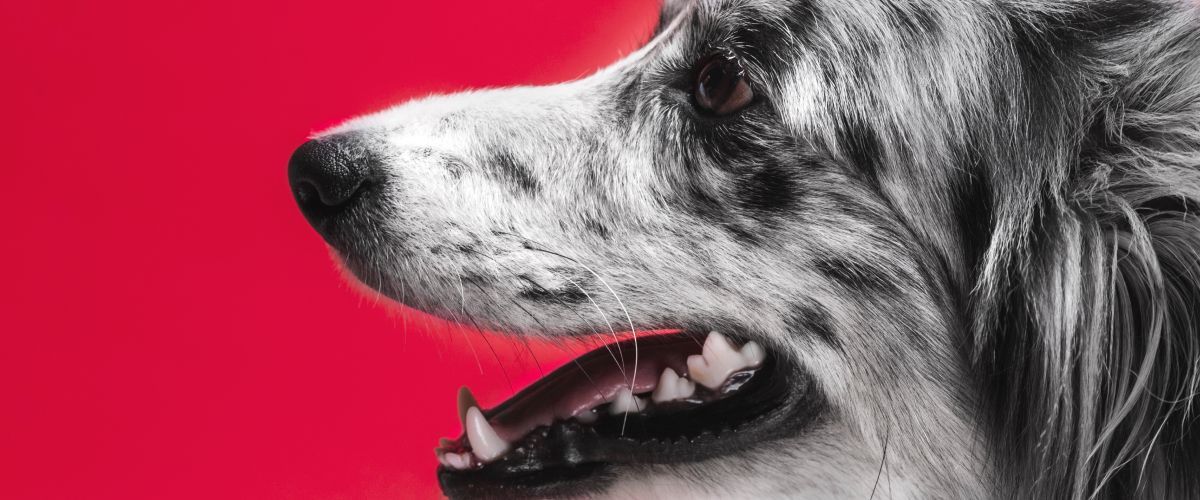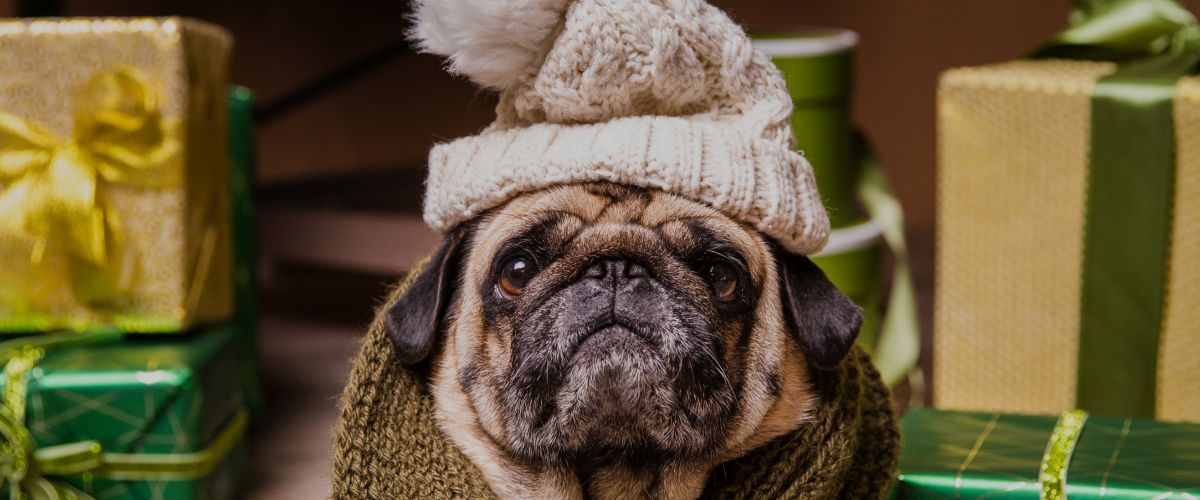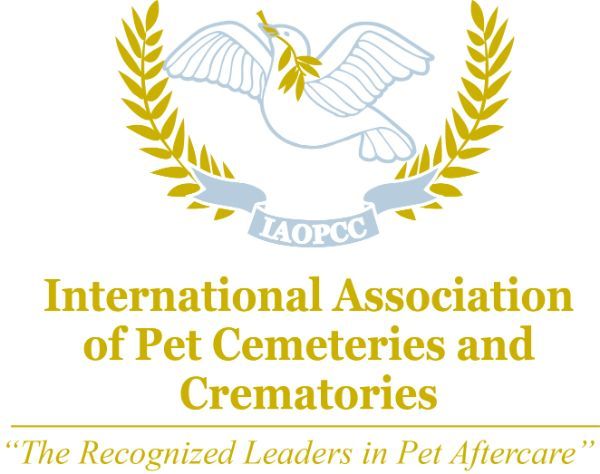Comfortable Grooming of Older Pets
As pets age, their grooming needs change, and ensuring their comfort becomes a top priority. Older pets may have sensitive skin, arthritis, or reduced mobility, which can make routine grooming more challenging. However, with the right approach, grooming older pets can be a soothing and beneficial experience that promotes their health and well-being. Here’s how to make grooming comfortable and stress-free for your senior companion.
Understanding the Needs of Senior Pets
Senior dogs and cats often develop physical and cognitive changes that affect how they respond to grooming. Skin may become thinner and more fragile, joints can become stiff or painful, and anxiety may increase. These factors call for a more compassionate, patient approach that prioritizes your pet’s comfort above all else.
Choose the Right Tools
Using the proper grooming tools is essential for the safety and comfort of older pets. Opt for soft-bristled brushes or rubber grooming mitts to avoid irritating sensitive skin. Nail clippers should be sharp and precise to prevent splitting or cracking aging nails. Electric pet clippers with quiet motors can also make trimming more comfortable for noise-sensitive animals.
Create a Calm Environment
Setting up a quiet, familiar grooming area helps reduce anxiety and stress. Use a non-slip mat on grooming tables or bathtubs to support arthritic joints and prevent slips. Speak in a soothing tone and offer treats or praise throughout the session to reinforce a sense of safety and trust. For especially anxious pets, consider breaking grooming into shorter sessions over several days.
Be Gentle and Observe Closely
Always handle older pets with extra care. Support their limbs during brushing or bathing to reduce strain on painful joints. Monitor your pet’s body language for signs of discomfort or fatigue. If your pet has skin growths, wounds, or tumors, avoid those areas and consult your vet for specialized grooming advice.
Adapt the Grooming Routine
Senior pets may need more frequent grooming depending on their coat type and overall health. Long-haired breeds, for example, can develop painful mats if not brushed regularly. Regular grooming also allows you to spot early signs of health issues, such as lumps, skin infections, or ear problems. For pets that struggle with home grooming, a professional groomer experienced in working with senior animals can be a great option.
Conclusion
Comfortable grooming for older pets is about more than just appearance—it’s an essential part of their health and happiness. With patience, the right tools, and a gentle touch, you can help your senior pet feel clean, loved, and comfortable during every grooming session. Prioritizing their comfort and well-being during grooming helps ensure their golden years are as relaxing and joyful as possible.
The post Comfortable Grooming of Older Pets appeared first on Angelpaw.







